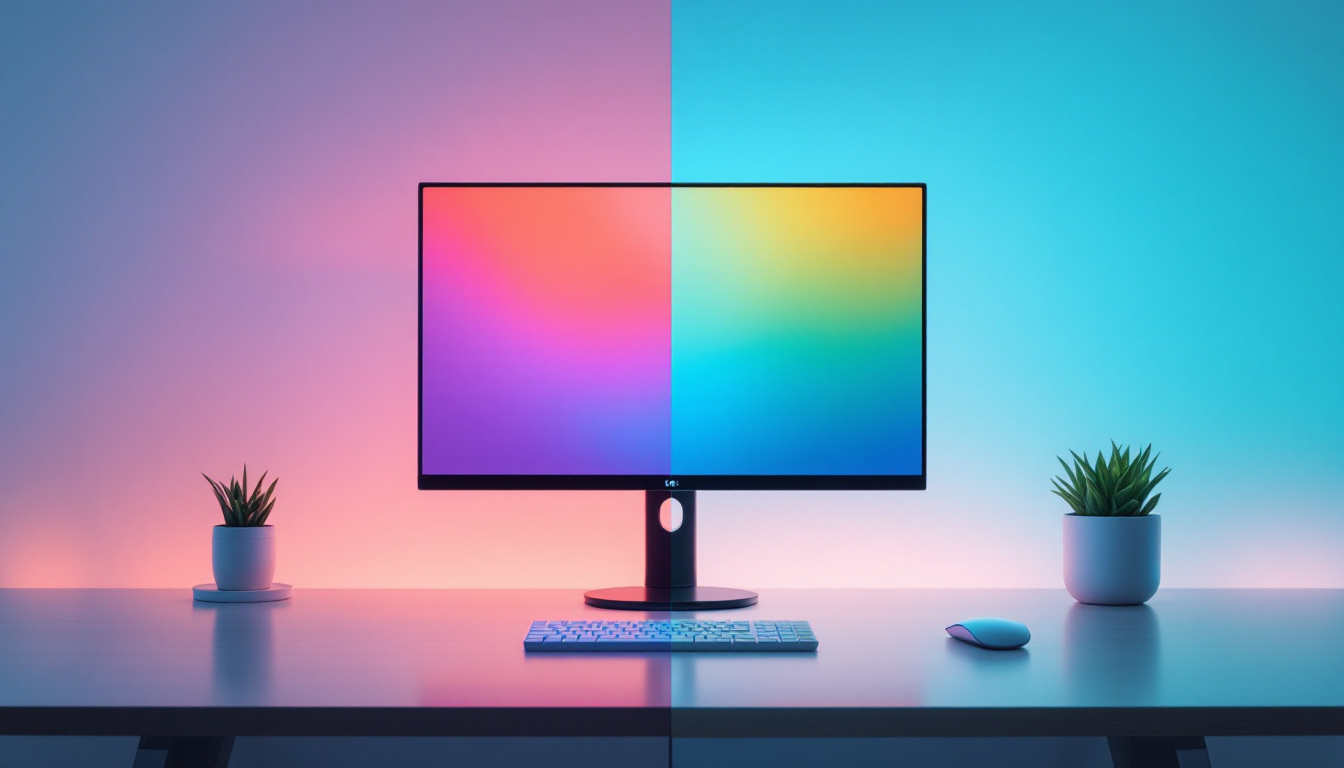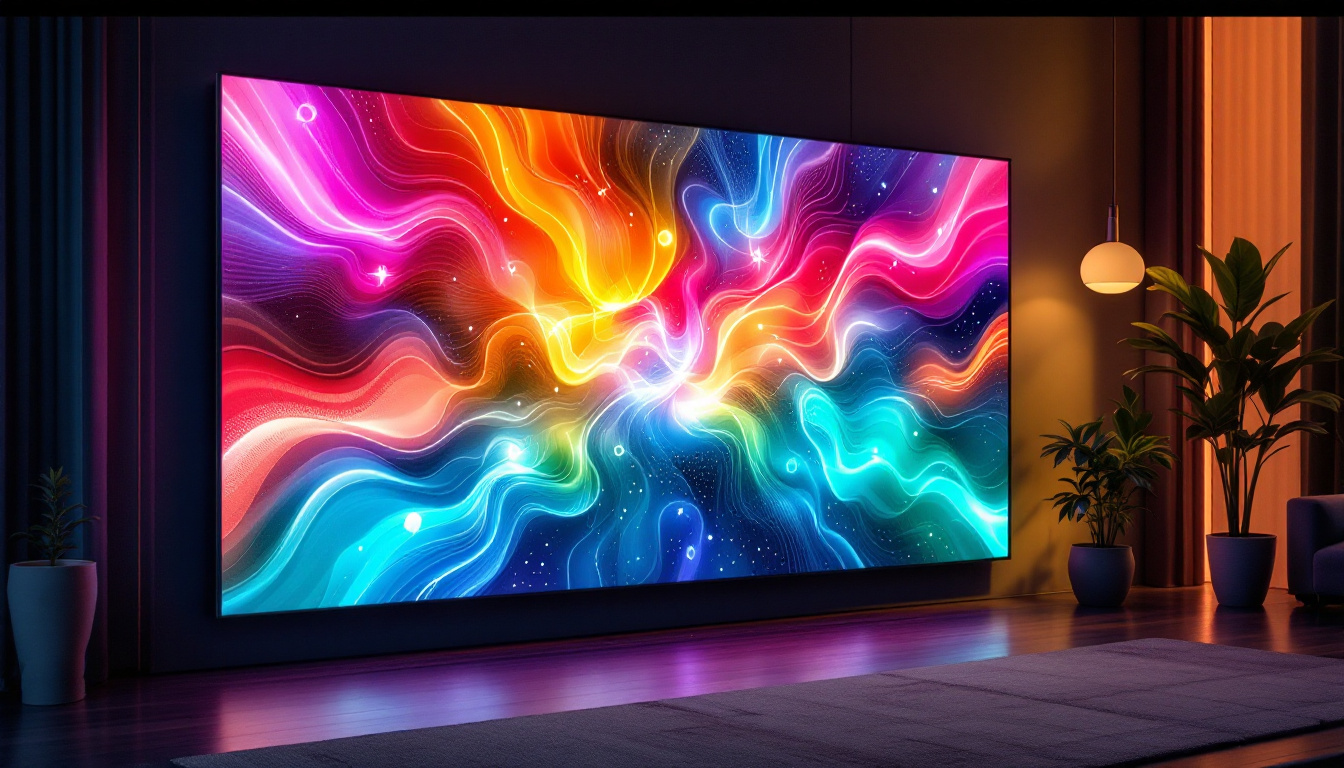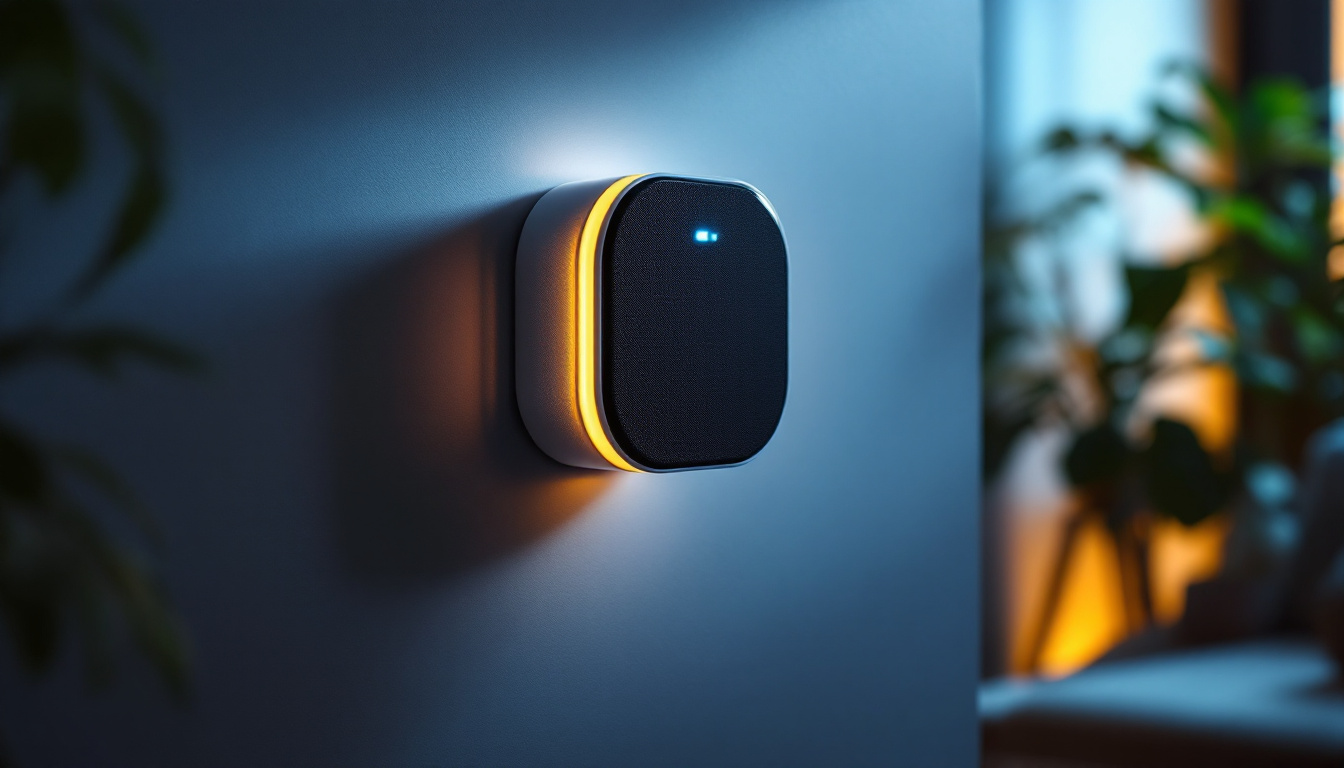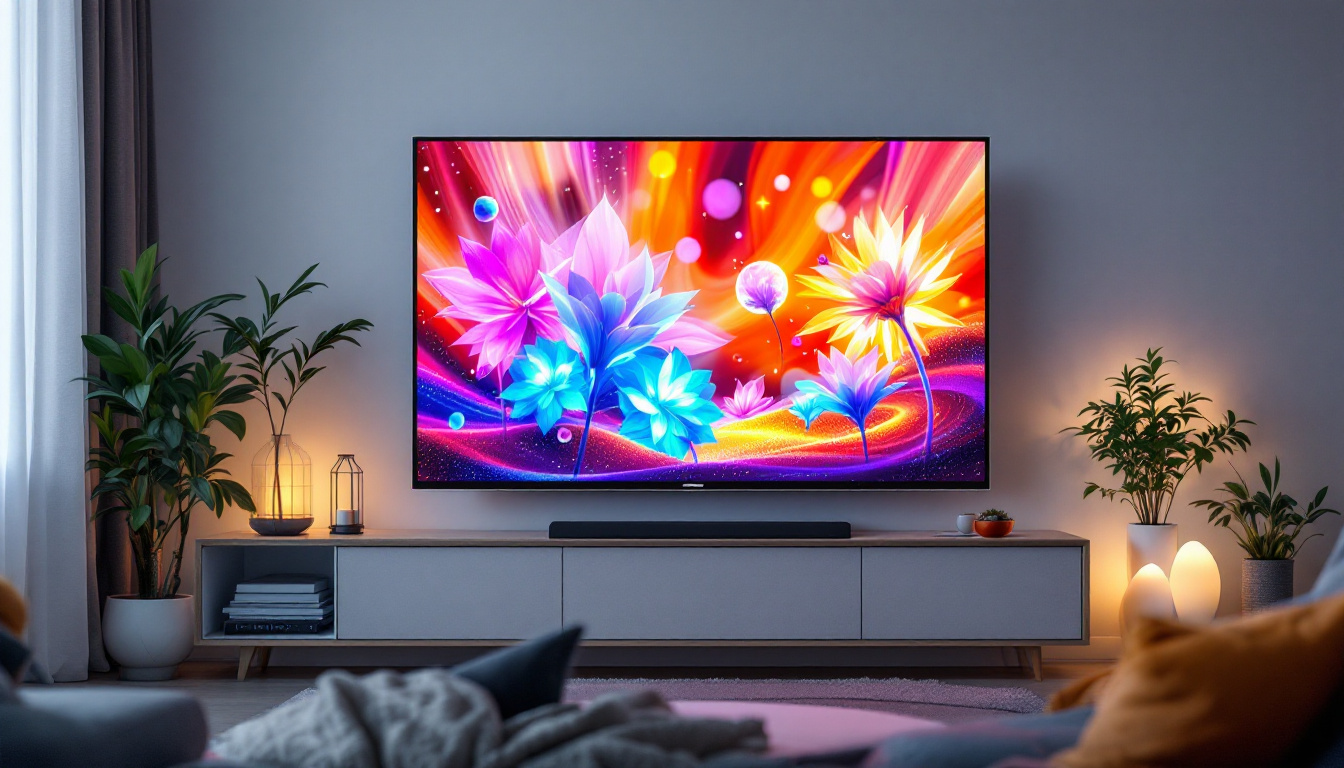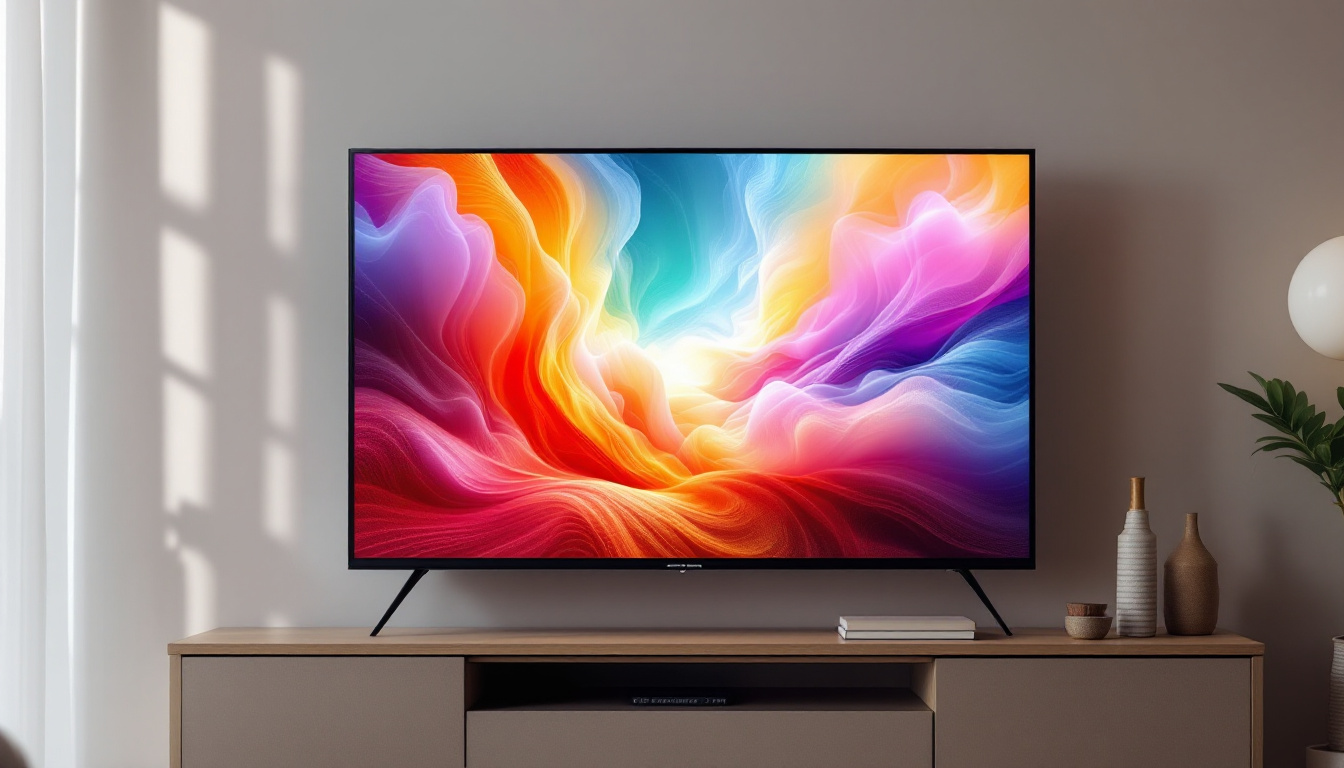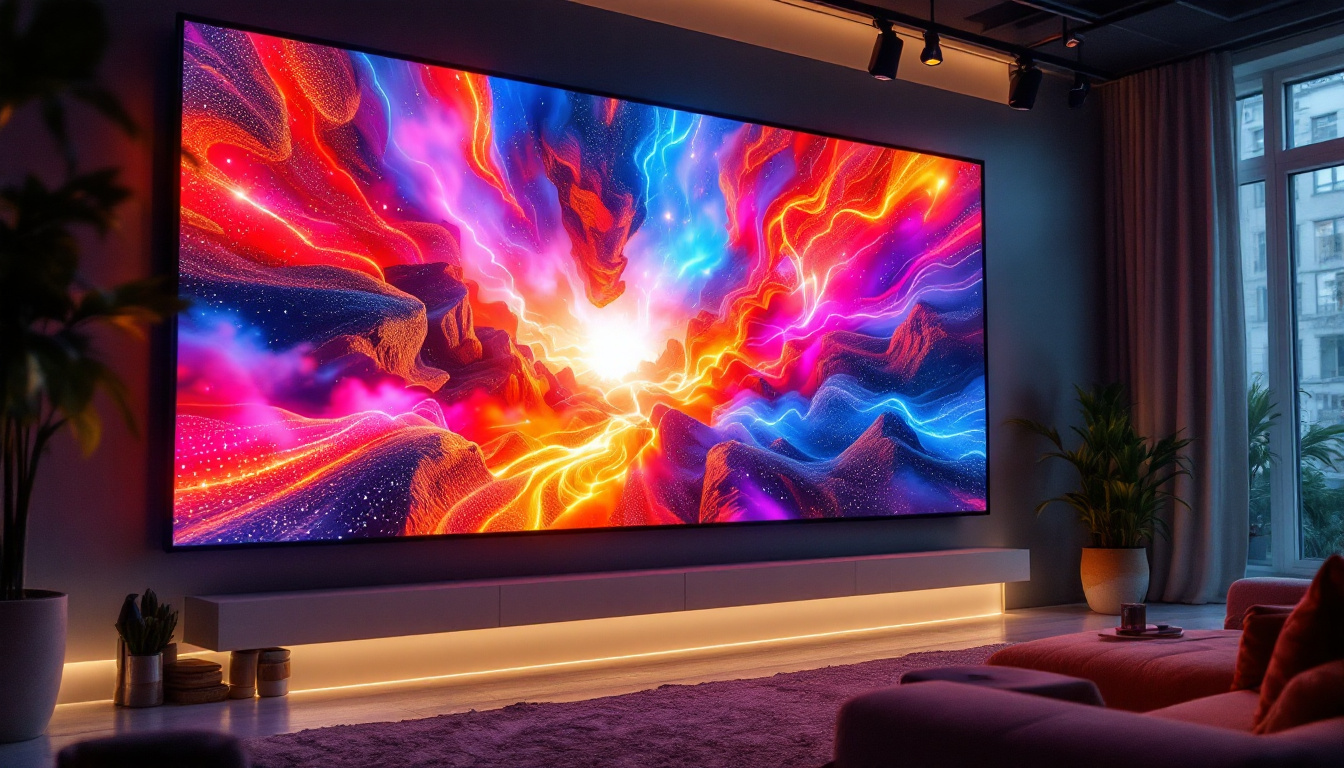In the world of display technology, two terms often come up: LED and LCD. Though they are frequently used interchangeably, they refer to different technologies that serve the same purpose—displaying images and videos. Understanding the distinctions between LED and LCD monitors is essential for anyone looking to purchase a new display. This article will delve into the intricacies of these technologies, their advantages, disadvantages, and their applications in various settings.
Understanding LCD Technology
LCD, or Liquid Crystal Display, has been a staple in the display market for several decades. It utilizes liquid crystals sandwiched between two layers of glass or plastic. When electricity is applied, these crystals align to allow light to pass through, creating images. The backlight, typically fluorescent, illuminates the screen. Over the years, advancements in LCD technology have led to the development of various types, including Twisted Nematic (TN), In-Plane Switching (IPS), and Vertical Alignment (VA) panels, each offering unique benefits and drawbacks tailored to different user needs.
How LCD Works
The operation of an LCD monitor is relatively straightforward. Light from the backlight passes through a polarizing filter, then through the liquid crystals. The crystals manipulate the light to produce various colors and intensities based on the electrical signals they receive. This process allows for the creation of detailed images with good color accuracy. Additionally, modern LCDs often incorporate advanced technologies like LED backlighting, which enhances brightness and contrast ratios, resulting in a more vibrant viewing experience. The combination of these technologies has made LCDs a popular choice for everything from televisions to computer monitors.
Advantages of LCD Monitors
LCD technology has several advantages. Firstly, LCD monitors are generally more energy-efficient compared to older technologies like CRT (Cathode Ray Tube) displays. They also tend to be lighter and thinner, making them easier to mount and transport. Additionally, LCDs offer good color reproduction and are available in a wide range of sizes. The flat-panel design not only saves space but also reduces glare and reflections, making them suitable for various environments, including offices and homes. Furthermore, many LCD monitors now come equipped with features like built-in speakers and adjustable stands, enhancing their functionality and user-friendliness.
Disadvantages of LCD Monitors
Despite their advantages, LCD monitors come with some drawbacks. One significant issue is the limited viewing angles; colors and brightness can shift when viewed from the side. Furthermore, response times may not be as fast as other technologies, which can be a drawback for gamers or those watching fast-paced videos. Another concern is the potential for motion blur, particularly in fast-moving scenes, which can detract from the overall viewing experience. Additionally, while LCDs have improved in terms of color depth and contrast, they may still struggle to match the deep blacks and vibrant colors offered by newer technologies like OLED (Organic Light Emitting Diode) displays, which can be a consideration for those seeking the highest quality visuals.
Understanding LED Technology
LED, or Light Emitting Diode, is often seen as an evolution of LCD technology. While traditional LCDs use fluorescent backlighting, LED monitors use light-emitting diodes. This change significantly impacts the performance and characteristics of the display. The transition to LED technology has not only improved the visual experience but has also paved the way for innovations in design, allowing for thinner and lighter screens that are more aesthetically pleasing and easier to mount on walls.
How LED Works
LED technology operates similarly to LCDs but with a crucial difference in backlighting. Instead of a fluorescent light, LED monitors utilize an array of tiny diodes that emit light. This can either be done through edge lighting, where LEDs are placed around the edges of the screen, or full-array backlighting, where LEDs are placed directly behind the screen for more uniform illumination. The latter method often includes local dimming capabilities, which can enhance contrast by dimming specific areas of the screen while keeping others bright, resulting in a more dynamic viewing experience.
Advantages of LED Monitors
One of the primary benefits of LED monitors is their superior brightness and contrast levels. The ability to achieve deeper blacks and brighter whites enhances the overall picture quality. Additionally, LED monitors are generally more energy-efficient than traditional LCDs, leading to lower electricity bills. This energy efficiency also contributes to a smaller carbon footprint, making LED monitors a more environmentally friendly choice. Furthermore, many LED monitors support a wider color gamut, which allows for more vibrant and accurate color reproduction, making them ideal for graphic design, photography, and gaming.
Disadvantages of LED Monitors
While LED monitors have numerous advantages, they are not without their downsides. One common issue is the potential for uneven backlighting, particularly in edge-lit models. This can lead to ‘light bleed,’ where bright spots appear in dark scenes. Moreover, high-quality LED monitors can be more expensive than their LCD counterparts. Additionally, some users may experience issues with viewing angles; while many LED monitors have improved this aspect, certain models still struggle with color distortion when viewed from off-angles. This can be a significant consideration for users who require consistent color accuracy across a wider range of viewing positions, such as in collaborative work environments or home theaters.
Comparing LED and LCD Monitors
When comparing LED and LCD monitors, it is essential to recognize that LED is essentially a type of LCD. Therefore, the comparison often comes down to the backlighting technology used. Each type has its unique strengths and weaknesses, making them suitable for different applications.
Picture Quality
In terms of picture quality, LED monitors generally outperform traditional LCDs due to their enhanced brightness and contrast capabilities. The ability to produce deeper blacks and more vibrant colors makes LED displays particularly appealing for watching movies or playing video games. However, the quality can vary significantly between models, so it is crucial to consider specific features rather than generalizations.
Energy Efficiency
Both LED and LCD monitors are more energy-efficient than older technologies, but LED displays take the lead. The use of diodes allows for more precise control of light, reducing energy consumption. This efficiency not only lowers electricity costs but also contributes to a smaller carbon footprint.
Price Considerations
Price is often a deciding factor for consumers. Generally, LED monitors tend to be more expensive than traditional LCDs, primarily due to their advanced technology and better performance. However, as technology evolves, the price gap is gradually closing, making LED monitors more accessible to a broader audience.
Applications of LED and LCD Monitors
The choice between LED and LCD monitors often depends on the intended application. Each type has its advantages that make it suitable for specific environments, whether in a home, office, or specialized setting.
Home Use
For home use, LED monitors are often preferred due to their superior picture quality. They provide an immersive viewing experience for movies and gaming, making them the ideal choice for entertainment. However, budget-conscious consumers may still find traditional LCDs adequate for general use, such as browsing the internet or working on documents.
Professional Use
In professional settings, the choice between LED and LCD monitors can depend on the nature of the work. Graphic designers, photographers, and video editors often prefer LED monitors for their color accuracy and contrast. On the other hand, standard office tasks may not require such high-quality displays, making traditional LCDs a more economical option.
Gaming
Gamers typically gravitate towards LED monitors due to their fast response times and vibrant colors. The enhanced contrast and brightness levels make for a more engaging gaming experience. Additionally, many LED monitors come with features tailored for gaming, such as higher refresh rates and adaptive sync technologies, further enhancing performance.
Future Trends in Display Technology
The display technology landscape is continually evolving, with innovations emerging regularly. As consumers become more discerning, manufacturers are striving to meet the demand for better performance and features.
OLED Technology
One of the most exciting developments in display technology is OLED (Organic Light Emitting Diode). Unlike both LED and LCD, OLED panels do not require a backlight, as each pixel emits its own light. This allows for even greater contrast ratios and color accuracy, making OLED a strong contender in the market. While currently more expensive, the technology is expected to become more affordable over time.
Mini-LED and Micro-LED
Mini-LED and Micro-LED are also gaining traction as advancements in LED technology. Mini-LED utilizes smaller diodes for backlighting, allowing for more precise control over brightness and contrast. Micro-LED, on the other hand, is a self-emissive technology that promises to deliver even better performance than OLED. These innovations could redefine the standards for display quality in the coming years.
Sustainability in Display Manufacturing
As awareness of environmental issues grows, manufacturers are increasingly focusing on sustainability in display technology. This includes using eco-friendly materials and processes, as well as improving energy efficiency. Consumers are becoming more conscious of the environmental impact of their purchases, driving demand for greener options in the display market.
Conclusion
In conclusion, the choice between LED and LCD monitors ultimately depends on individual needs and preferences. While LED technology offers superior performance in terms of brightness, contrast, and energy efficiency, traditional LCDs still hold their ground as reliable options for everyday use. Understanding the differences between these technologies can empower consumers to make informed decisions when purchasing a new monitor.
As display technology continues to evolve, staying informed about the latest advancements will be crucial for anyone looking to invest in high-quality visual experiences. Whether for gaming, professional use, or casual viewing, there is a monitor out there that perfectly suits every need.
Discover LumenMatrix LED Displays
Ready to elevate your visual experience with the latest in display technology? Look no further than LumenMatrix, a pioneer in LED display innovation. Our extensive range of solutions, from Indoor and Outdoor LED Wall Displays to specialized options like Vehicle and Sports LED Displays, is designed to meet your every need. Whether you’re looking to create an immersive environment with a Floor LED Display or make a bold statement with a Custom LED Display, LumenMatrix has you covered. Embrace the future of visual communication and check out LumenMatrix LED Display Solutions today to see how we can help you captivate your audience and amplify your message with unparalleled clarity and impact.

